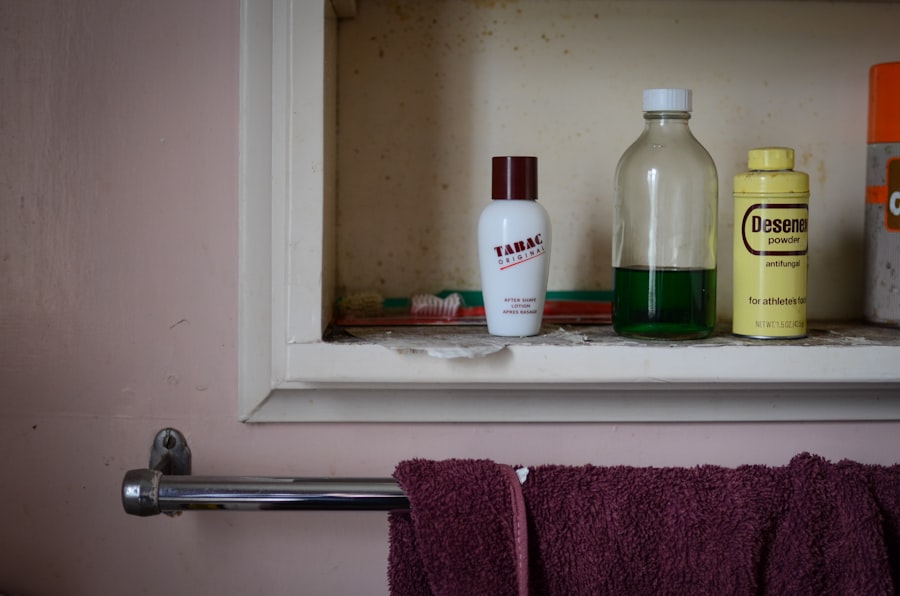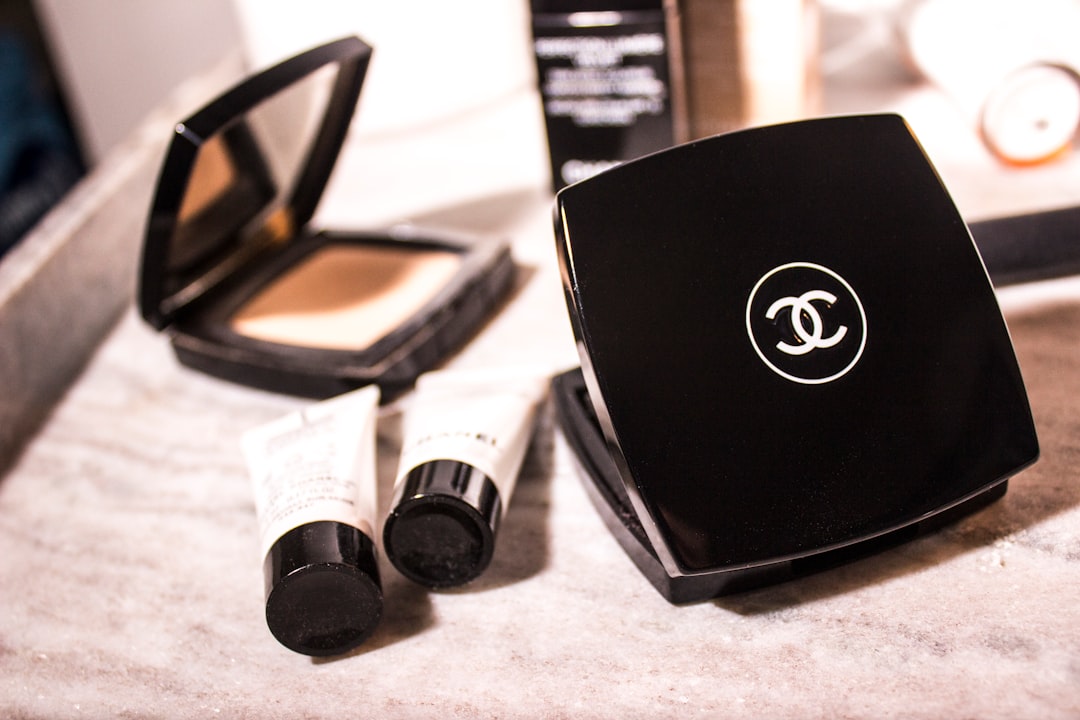As you embark on your journey of post-laser care, it’s essential to understand that the days following your treatment are crucial for achieving optimal results. Preparation begins even before you leave the clinic. Your practitioner will likely provide you with specific instructions tailored to your skin type and the type of laser treatment you received.
Familiarizing yourself with these guidelines is vital, as they will serve as your roadmap for recovery. Make sure to gather all necessary supplies, such as gentle cleansers, soothing creams, and sun protection, so that you are fully equipped to care for your skin once you return home. In addition to gathering supplies, it’s wise to set aside time in your schedule for rest and recovery.
Your skin may be sensitive and require a break from your usual activities. Consider planning a few days off from work or social engagements to allow your skin the time it needs to heal properly. This proactive approach not only helps in managing discomfort but also ensures that you can focus on nurturing your skin without the added stress of daily responsibilities.
By preparing adequately, you set the stage for a smoother recovery process and better results.
Key Takeaways
- Preparing for post-laser care involves following pre-treatment instructions provided by your dermatologist or skincare professional.
- Managing discomfort and redness after laser treatment can be done by using prescribed medications, cool compresses, and avoiding hot showers and strenuous activities.
- Protecting your skin from sun exposure is crucial post-laser treatment, so make sure to use a broad-spectrum sunscreen with SPF 30 or higher and wear protective clothing and accessories.
- Moisturizing and hydrating your skin post-laser treatment is important to promote healing and prevent dryness and irritation.
- Avoiding irritating products and activities such as harsh skincare products, hot tubs, and excessive sweating can help prevent complications and promote optimal healing.
Managing Discomfort and Redness
After your laser treatment, it’s common to experience some discomfort and redness in the treated area. Understanding this is part of the healing process can help you manage your expectations. You might feel a sensation similar to a mild sunburn, which can be uncomfortable but is typically temporary.
To alleviate this discomfort, applying a cool compress can be incredibly soothing. Simply take a clean cloth, dampen it with cool water, and gently press it against your skin for short intervals. This can help reduce inflammation and provide immediate relief.
In addition to cool compresses, over-the-counter pain relief medications may be beneficial if you find the discomfort bothersome. Always consult with your healthcare provider before taking any medication to ensure it’s appropriate for your situation. Staying hydrated is also crucial during this time; drinking plenty of water can help your body heal more efficiently and may reduce the intensity of any discomfort you experience.
Remember, while some redness and swelling are normal, keeping an eye on how your skin responds will help you gauge whether your healing process is on track.
Protecting Your Skin from Sun Exposure
One of the most critical aspects of post-laser care is protecting your skin from sun exposure. After undergoing laser treatment, your skin becomes more sensitive and vulnerable to UV rays, which can lead to complications such as hyperpigmentation or prolonged redness. Therefore, wearing sunscreen is non-negotiable. Choose a broad-spectrum sunscreen with an SPF of at least 30, and apply it generously to all exposed areas of your skin, even on cloudy days. Reapplying every two hours, especially if you’re outdoors, will help shield your skin from harmful rays. In addition to sunscreen, consider wearing protective clothing such as wide-brimmed hats and long sleeves when spending time outside. This extra layer of protection can significantly reduce the risk of sun damage while allowing your skin to heal properly. If possible, try to limit sun exposure altogether during the first few weeks post-treatment. Staying in the shade or planning outdoor activities for early morning or late afternoon can help minimize direct sunlight on your skin. By taking these precautions seriously, you’ll be setting yourself up for a successful recovery and long-lasting results.
Moisturizing and Hydrating Your Skin
| Product | Moisturizing Score | Hydrating Score |
|---|---|---|
| Lotion A | 4.5 | 3.8 |
| Cream B | 4.8 | 4.2 |
| Serum C | 4.2 | 4.5 |
Keeping your skin moisturized and hydrated is essential after laser treatment. The procedure can strip away natural oils, leaving your skin feeling dry and tight. To combat this, invest in a high-quality moisturizer that is free from fragrances and harsh chemicals.
Look for products containing soothing ingredients like hyaluronic acid or aloe vera, which can help replenish moisture and calm irritation. Applying moisturizer regularly will not only keep your skin hydrated but also promote healing by creating a protective barrier. In addition to topical moisturizers, don’t forget about internal hydration.
Drinking plenty of water throughout the day is vital for maintaining skin elasticity and overall health. Aim for at least eight glasses of water daily, adjusting based on your activity level and climate conditions. Herbal teas or infused water can also be great alternatives if you find plain water monotonous.
By prioritizing both external and internal hydration, you’ll support your skin’s recovery process and enhance its overall appearance.
Avoiding Irritating Products and Activities
During the post-laser care phase, it’s crucial to avoid products and activities that could irritate your sensitive skin. This means steering clear of exfoliants, retinoids, or any harsh scrubs that could exacerbate redness or discomfort. Instead, opt for gentle cleansers that won’t strip your skin of its natural moisture barrier.
Look for products labeled as “sensitive” or “for post-procedure care” to ensure they are suitable for your healing skin. In addition to avoiding certain products, be mindful of activities that could lead to irritation or increased sensitivity. For instance, hot showers or baths may feel soothing initially but can actually worsen redness and swelling in the long run.
Instead, consider using lukewarm water when cleansing your face or showering. Similarly, activities that cause excessive sweating—like intense workouts—should be minimized until your skin has fully healed. By being cautious about what you apply to your skin and the activities you engage in, you’ll create an environment conducive to healing.
Following Up with Proper Aftercare Instructions

Personalized Guidelines for Optimal Healing
Your practitioner will provide specific guidelines tailored to your individual needs; adhering to these recommendations is essential for optimal healing. This may include instructions on how often to cleanse your skin, when to apply moisturizers or ointments, and any additional treatments that may be necessary during the recovery period.
Regular Check-Ins for Peace of Mind
Regular check-ins with your healthcare provider can also be beneficial as you navigate the post-laser care process. If you have any questions or concerns about how your skin is healing, don’t hesitate to reach out for guidance. They can offer valuable insights and adjustments to your aftercare routine if needed.
Achieving Smooth and Healthy Skin
By staying proactive about following up with aftercare instructions, you’ll be taking significant steps toward achieving smooth and healthy skin.
Monitoring for Any Adverse Reactions
As you progress through the post-laser care phase, it’s essential to monitor your skin closely for any adverse reactions that may arise. While most side effects are mild and temporary, being vigilant can help you catch any potential issues early on. Look out for signs such as excessive swelling, persistent redness beyond a few days, or any unusual changes in texture or color.
If you notice anything concerning, don’t hesitate to contact your healthcare provider for advice. Keeping a journal of your recovery can also be helpful in tracking how your skin responds over time. Documenting changes in redness, discomfort levels, or any new products you introduce can provide valuable insights into what works best for your skin during this sensitive period.
This proactive approach not only empowers you but also allows for more informed discussions with your practitioner during follow-up appointments.
Long-term Maintenance for Smooth and Healthy Skin
Once you’ve successfully navigated the initial post-laser care phase, it’s time to think about long-term maintenance for smooth and healthy skin. Establishing a consistent skincare routine is key; this should include gentle cleansing, regular moisturizing, and daily sun protection as foundational elements. Incorporating serums or treatments that target specific concerns—such as hyperpigmentation or fine lines—can also enhance the longevity of your results.
Additionally, consider scheduling regular follow-up treatments as recommended by your practitioner. Depending on the type of laser treatment you received and your individual skin goals, periodic maintenance sessions can help sustain the improvements achieved through initial treatments. Staying informed about new products or techniques in skincare can also empower you to make choices that align with maintaining healthy skin over time.
By committing to long-term maintenance strategies and remaining attentive to your skin’s needs, you’ll not only preserve the results of your laser treatment but also foster an overall sense of well-being in how you care for yourself. Embracing this holistic approach will ensure that you enjoy smooth and radiant skin for years to come.
Additionally, you can reach out to the experts at In Laser Hair Removal for any questions or concerns you may have about the process.
FAQs
What is laser hair removal?
Laser hair removal is a cosmetic procedure that uses a concentrated beam of light (laser) to remove unwanted hair. The laser targets the pigment in the hair follicles, damaging them and inhibiting future hair growth.
How should I care for my face after laser hair removal?
After laser hair removal on the face, it is important to keep the treated area clean and protected from the sun. Use a gentle cleanser and moisturizer, and avoid sun exposure and harsh skincare products for a few days.
Can I wear makeup after laser hair removal on my face?
It is best to avoid wearing makeup for the first 24-48 hours after laser hair removal on the face. Once any redness or irritation has subsided, you can resume wearing makeup, but be sure to use gentle, non-irritating products.
How long should I wait before exfoliating my face after laser hair removal?
It is recommended to wait at least one week before exfoliating the treated area after laser hair removal on the face. This allows the skin to heal and reduces the risk of irritation or damage.
What should I do if I experience redness or irritation after laser hair removal on my face?
If you experience redness or irritation after laser hair removal on your face, you can apply aloe vera gel or a gentle, non-comedogenic moisturizer to soothe the skin. Avoid picking or scratching the treated area, as this can lead to further irritation or infection. If the redness or irritation persists, consult your dermatologist.





